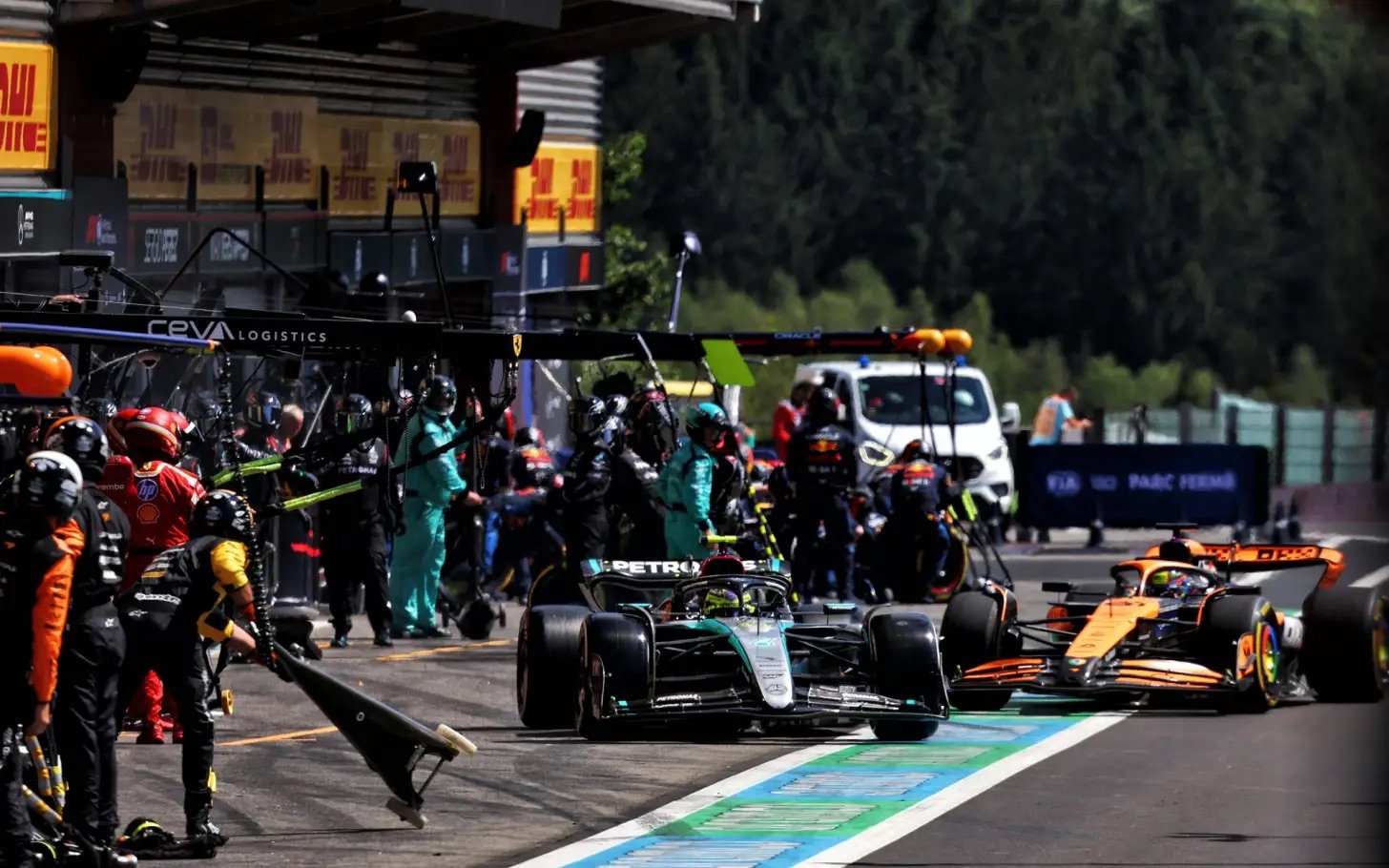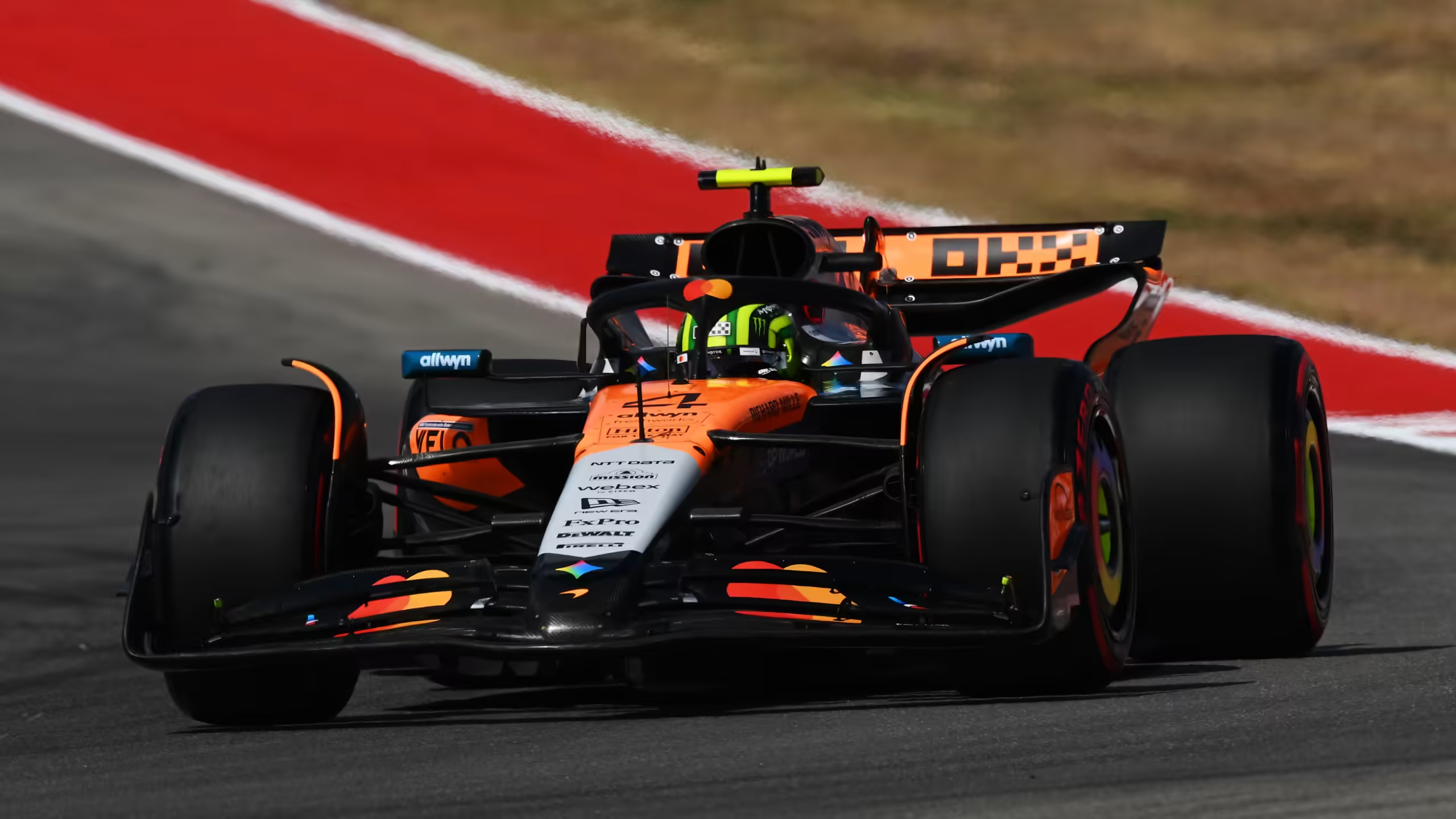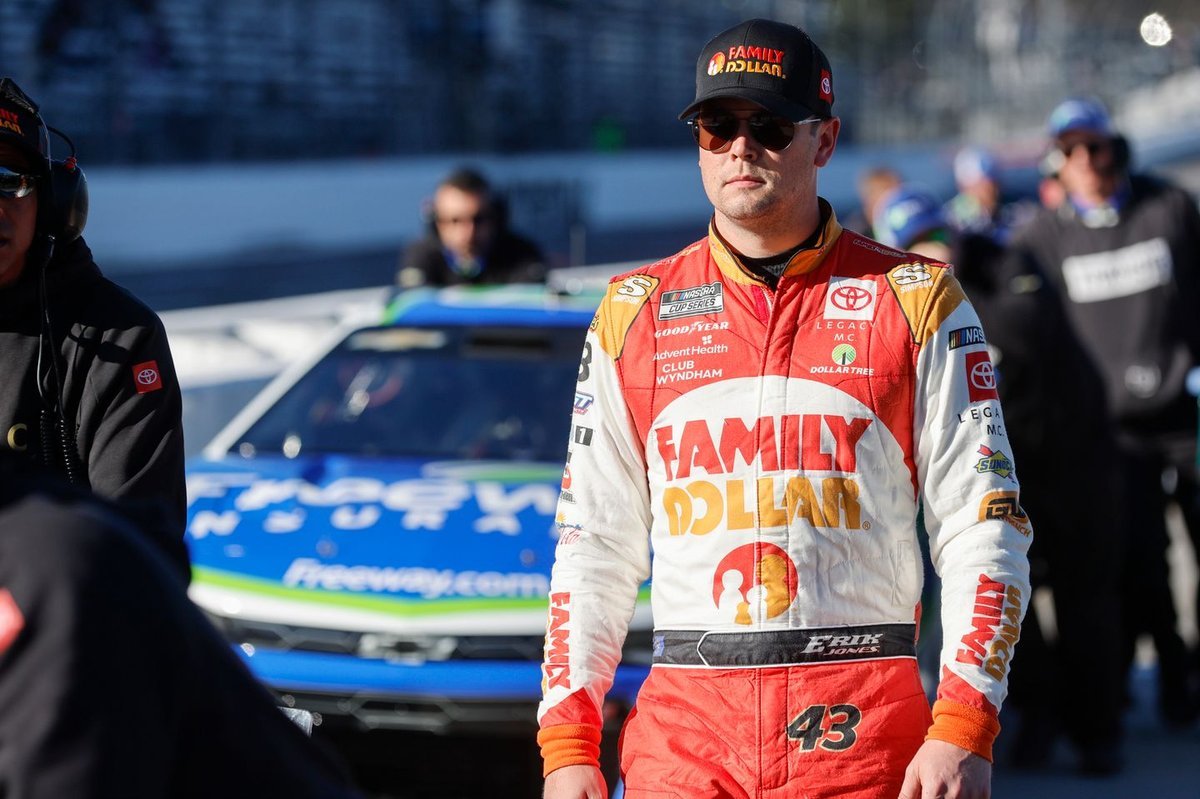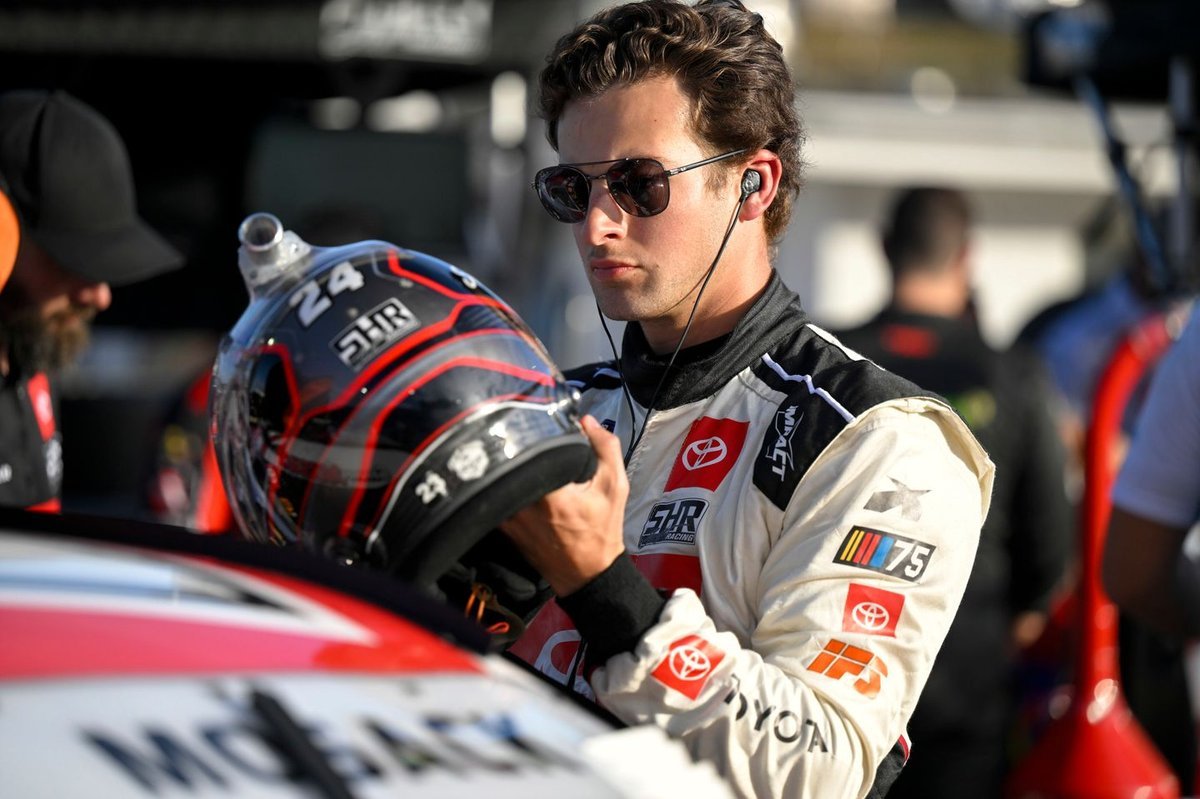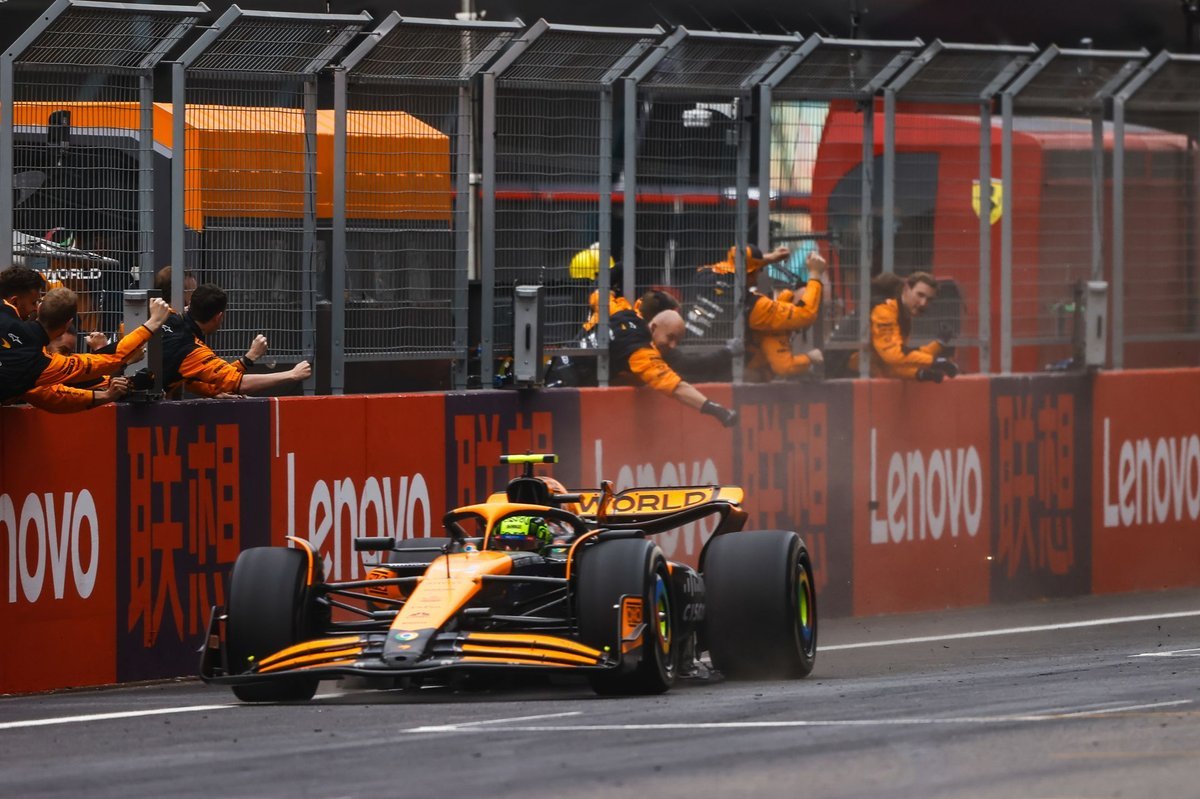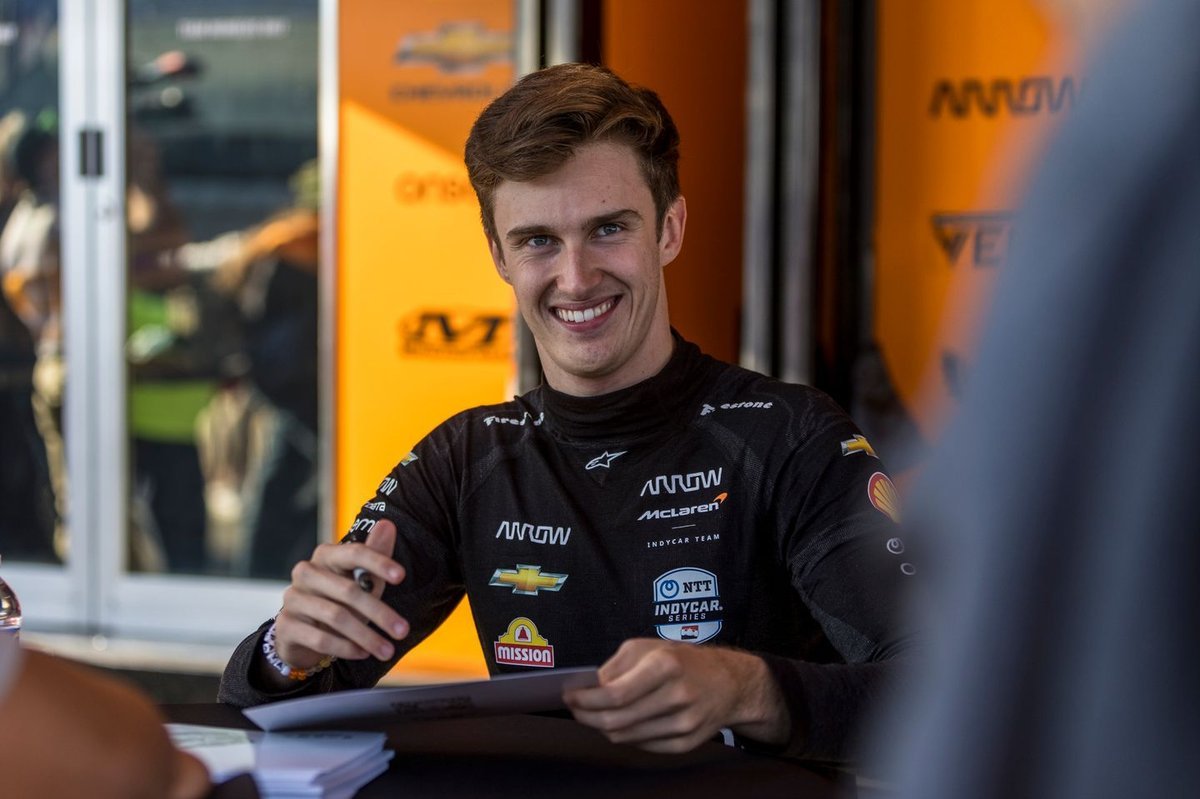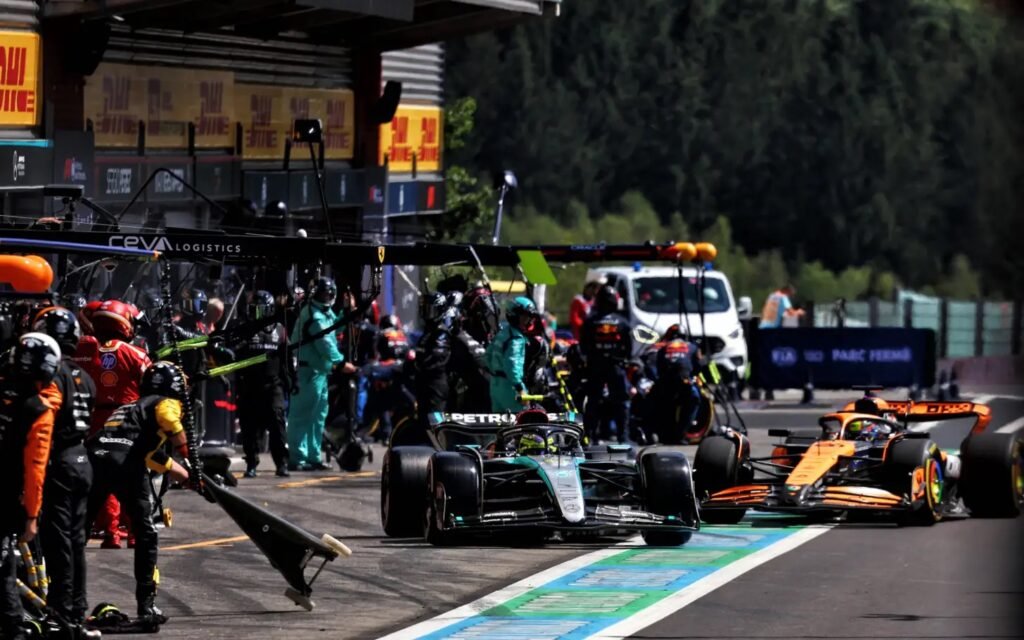
Source – RacingNews365
The flexi-wing debate has once again ignited the F1 paddock, this time at the Italian Grand Prix, where the spotlight fell on McLaren and Mercedes. Both teams found themselves at the center of scrutiny, with the FIA and rival teams raising eyebrows over their wing designs. Red Bull’s Christian Horner and Ferrari’s Frederic Vasseur have already expressed concerns and are seeking clarification from the sport’s governing body, further heating the debate.
At the heart of this controversy lies the behavior of the central portion of the flaps on McLaren’s MCL38 and Mercedes’ W15 machines. The issue stems from the way these flaps flex under aerodynamic load and then return to a ‘normal’ position when that pressure diminishes. While the regulations do set strict limits on how much flexibility is allowed, the current testing methods used by the FIA—static tests—aren’t equipped to fully capture the dynamic flexing happening in real-time on the track.
To tackle this, the FIA has recently introduced new measuring points designed to monitor the oscillation of wing flaps. These points allow the FIA to set metrics that control how much the wing flexes, ensuring teams stay within the regulatory range. However, while this approach seems logical, it’s incredibly difficult to implement. The challenge is not only in gathering the data but in understanding it, as each wing’s behavior varies across different circuits with varying aerodynamic loads.
This method requires extensive data collection over multiple race weekends and across a wide range of wing profiles. The pressure on the wings can shift dramatically between high and low downforce circuits, meaning the same wing flap may behave differently depending on the track layout and conditions. Adding to the complexity is how each wing interacts with other aerodynamic elements, such as the front wing, and how this affects the car’s overall performance.
In response, the FIA has decided to expand its scope, not only scrutinizing McLaren and Mercedes but all teams on the grid. The goal is to find a universal solution that can be applied to all wing designs, regardless of shape or aerodynamic concept. Yet, this is no easy task. The flexibility of the wing has become an integral part of how teams optimize the aerodynamic balance of their cars. For many, it’s a carefully calculated factor in how their cars interact with airflow, making it a crucial element of their overall performance.
Since the Belgian Grand Prix, the FIA has taken steps to gather more detailed data. A new video camera has been mandated during FP1 and FP2 sessions, specifically targeting areas of the front wing that are normally hidden from view. This initiative will continue through at least the Singapore Grand Prix, ensuring a broad range of data is collected from different types of tracks—low, medium, high, and even very high downforce circuits.
By gathering this comprehensive data, the FIA aims to build a more objective picture of how these flexi-wings behave across different conditions. The goal is to identify any discrepancies in the dynamic behavior of the wings and quantify the variations observed on track. Once this large database has been built, the FIA will be in a better position to make informed decisions, imposing regulations that ensure fairness without stifling innovation.
As the saga unfolds, it’s clear that the FIA faces a monumental challenge. With teams pushing the boundaries of what’s possible within the regulations, the governing body must tread carefully to balance innovation with fairness. For now, the flexi-wing drama is far from over, and as the FIA gathers more data, the entire F1 grid waits in anticipation for what could be a defining moment in the sport’s ongoing battle between performance and regulation.

